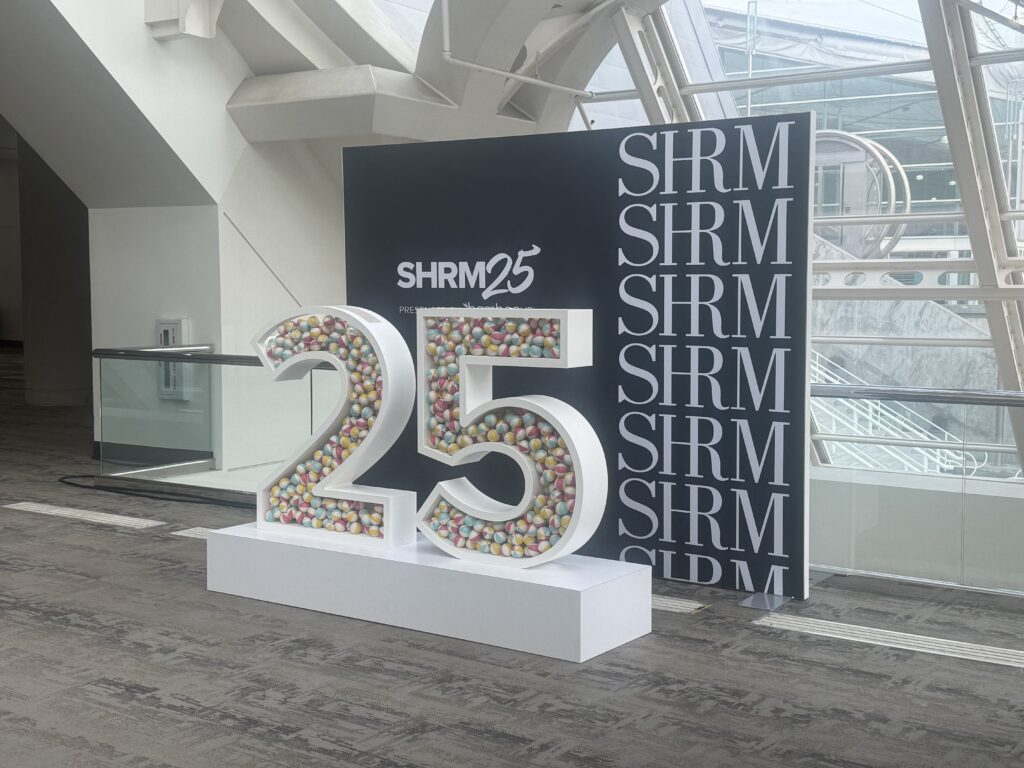If you’ve purchased a ticket for an event over the past five years, you know once it’s in your cart its price will jump by at least 30%. There are taxes, there are venue fees and other additional fees. At the end of the day, you’re paying $80 or more to see a performance you were ready to spend $50 on. If only they shared those fees and taxes in the original price. Unfortunately, a lot of companies are running into the same issue with their vehicle programs. To prepare you for the unexpected, we’re going to walk through the all in cost of mileage reimbursement and other vehicle programs.
The Most Popular Vehicle Programs
There are four main vehicle programs most companies use: company-provided vehicle, car allowances, mileage reimbursement and fixed and variable rate reimbursement programs. A company might use more than one of these simultaneously. But what’s the all in cost of mileage reimbursement and other vehicle programs? We’ll begin with the most expensive option: the company-provided vehicle program.
All In Cost of Company-Provided Vehicle
Also referred to as a fleet program, companies will either purchase or lease vehicles for their employees to drive. That’s a considerable amount of overhead right there, and that’s most of the cost a company considers when jumping into fleet. Unfortunately, there are additional costs businesses aren’t aware of when they sign up. Those costs include:
- Fuel cards: To pay for business mileage, companies provide employees with fuel cards or gas cards. Unfortunately, there’s no easy way to track whether employees are using gas cards to fuel vehicles for personal trips.
- Vehicle maintenance: When a company has a fleet of vehicles, they’re responsible for general upkeep on those vehicles, in addition to repairs following accidents and storing vehicles when turnover occurs.
- Liability: In 2019, traffic accidents cost employers $72.2 billion. In the event of an accident, the situation is worse with fleet vehicles. Fleet vehicles are owned by the company. That means if an employee driving one is found at fault in an auto accident, the company becomes a target.
Companies signing up for fleet will see an initial price tag, one that doesn’t consider the support costs. A fleet program will also often require a full-time hire or an outsourced effort to manage. On average, fleets cost companies $12,816 per driver in 2021.
All In Cost of Car Allowance
Also referred to as an auto allowance or vehicle allowance, companies provide employees with a flat amount each month. Companies like this program for a number of reasons. First, when the payment is the same each month, it’s easy to budget for. Second, it doesn’t take much to set up. Once the allowance rate is set, it’s pretty hands off. But with that ease comes a mountain of issues.
- Tax Waste: Because a car allowance isn’t substantiated by mileage logs, the IRS considers it additional income. That means the company pays more and employees receive less.
- Disengaged Employees: Everyone receiving the same stipend may seem fair, but $575 goes a lot further in a region with lower gas prices. Employees driving in high fuel cost areas will go through that stipend a lot quicker than other mobile workers. When they do, they lack incentive to continue driving and paying out of pocket for gas.
- Fuel Cards: Some companies with car allowances see the problem with their stipends not being enough. To fix this issue, they provide driving employees with fuel cards. The result of this is ballooning gas spend with little to no insight.
Companies using a car allowance find it easy to focus on the ease of implementation and administration. However, the cost in tax waste, employee engagement and fuel cards should not be overlooked.
All In Cost of Mileage Reimbursement
Also referred to as a cents-per-mile (CPM) program, companies pay employees cents per business mile driven. With this method, companies commonly use the IRS mileage reimbursement rate, as it guarantees tax-free reimbursements. But even using the IRS rate, companies are still met with unexpected costs. The all in cost of mileage reimbursement includes:
- Mileage Fraud: Companies rely on employees to record their mileage. This often results in employees reporting incorrect mileage. It might seem okay, just rounding up cents on each trip, but multiplied across the mobile workforce? That number becomes an issue you want to look into.
- Audit Exposure: Another issue with typical CPM programs is the manual process. Employees submitting mileage scribbled down on random scraps of paper might not have all the necessary information. This can expose both them and your company to an IRS audit.
- High Mileage Drivers: Mileage reimbursements are ideally for mobile workers who drive around 5,000 miles or less and work in the same general region. High mileage employees receive reimbursements that generally exceed the needs of their driving.
- Unpredictable Reimbursements: Because a CPM reimbursement is based on the employee’s driving behavior, it’s difficult to budget for mileage reimbursements. That was especially true of 2022, as a mid-year rate change was announced
Companies using a mileage reimbursement might find it easy to set the new rate each year. Unfortunately, that leaves many exposed to mileage fraud, audit risk and at the whim of their high mileage drivers. That isn’t to say cents-per-mile programs don’t have a place.
Businesses with lower mileage drivers in the same general area can benefit from the simplicity of a CPM program. Provided they use an automated mileage capture app to reduce mileage fraud and audit exposure, it can be a great reimbursement for both company and employee. For the companies that don’t fit that criteria, the cost of mileage reimbursement can be too high.
Fixed and Variable Rate (FAVR) Reimbursement
Companies use a fixed and variable rate (FAVR) reimbursement for a number of reasons. The issues with the vehicle programs listed above make up a good portion of those reasons. Fixed and variable rate reimbursements pay for the fixed and variable costs of owning and operating a vehicle. These reimbursements are tax-free, specific to employees’ geographic costs and submitted through an IRS-compliant mileage capture app. This program isn’t without its shortcomings.
- Business Mileage Floor: Employees must drive a minimum of 5,000 miles each year to qualify for FAVR reimbursement.
- Complexity: There’s notably more going on with a FAVR program. Fortunately, the right vendor can simplify a lot of that complexity.
While FAVR might not be for every company, with the right vendor, it’s a program that offers the most. There’s a lot to learn about FAVR, and this section barely scratches the surface. Interested in learning more? Check out our Blueprint to FAVR Infographic.









